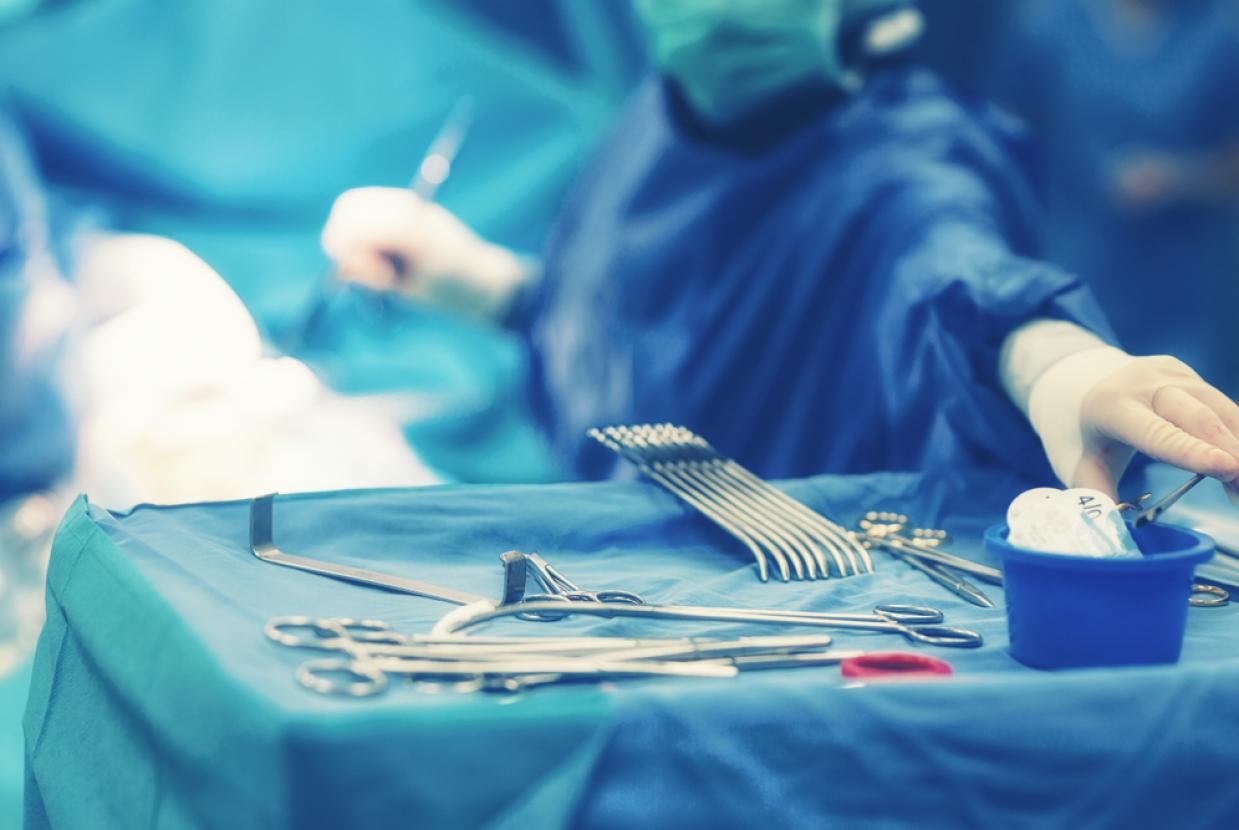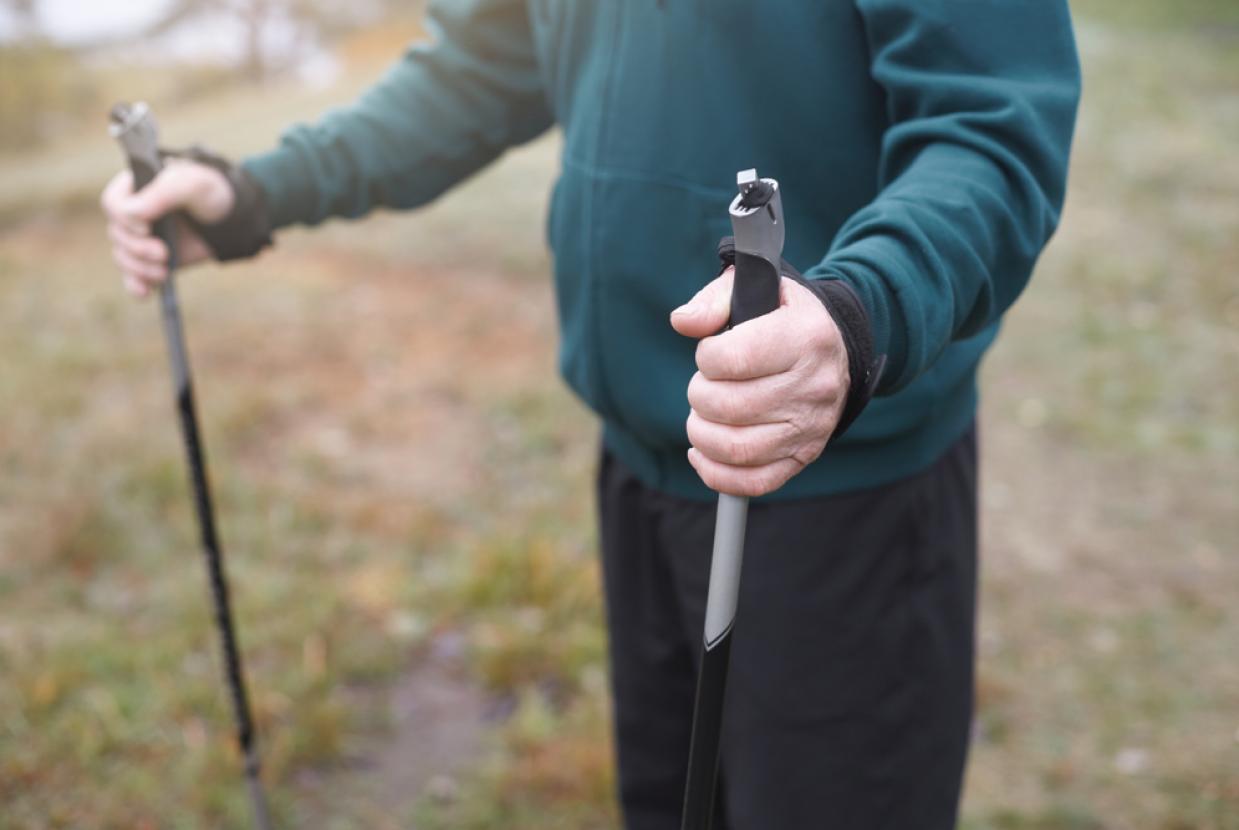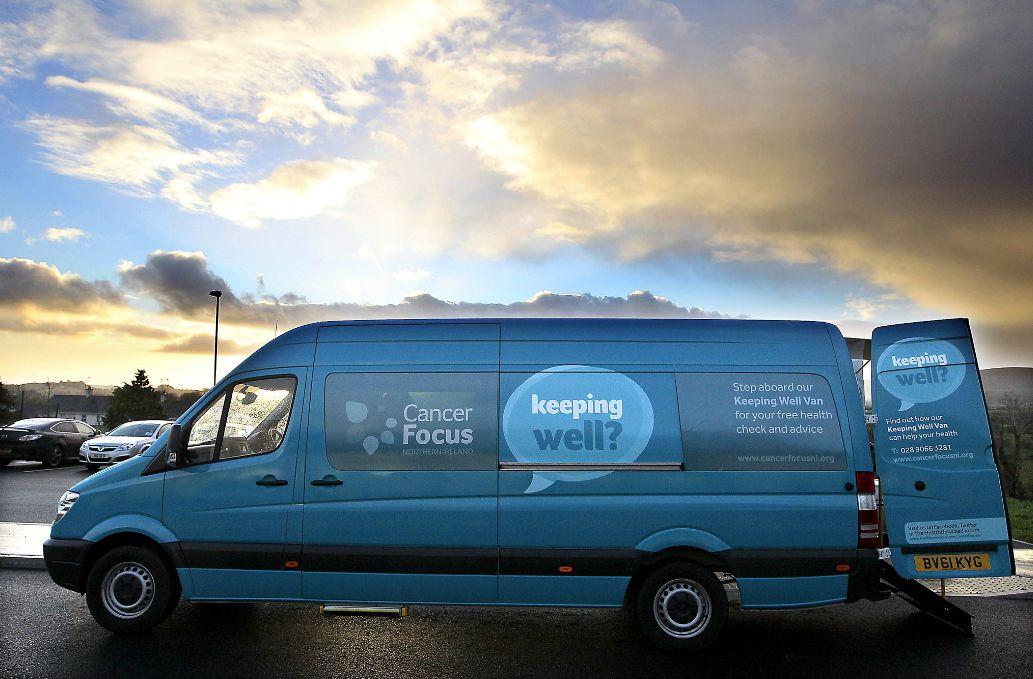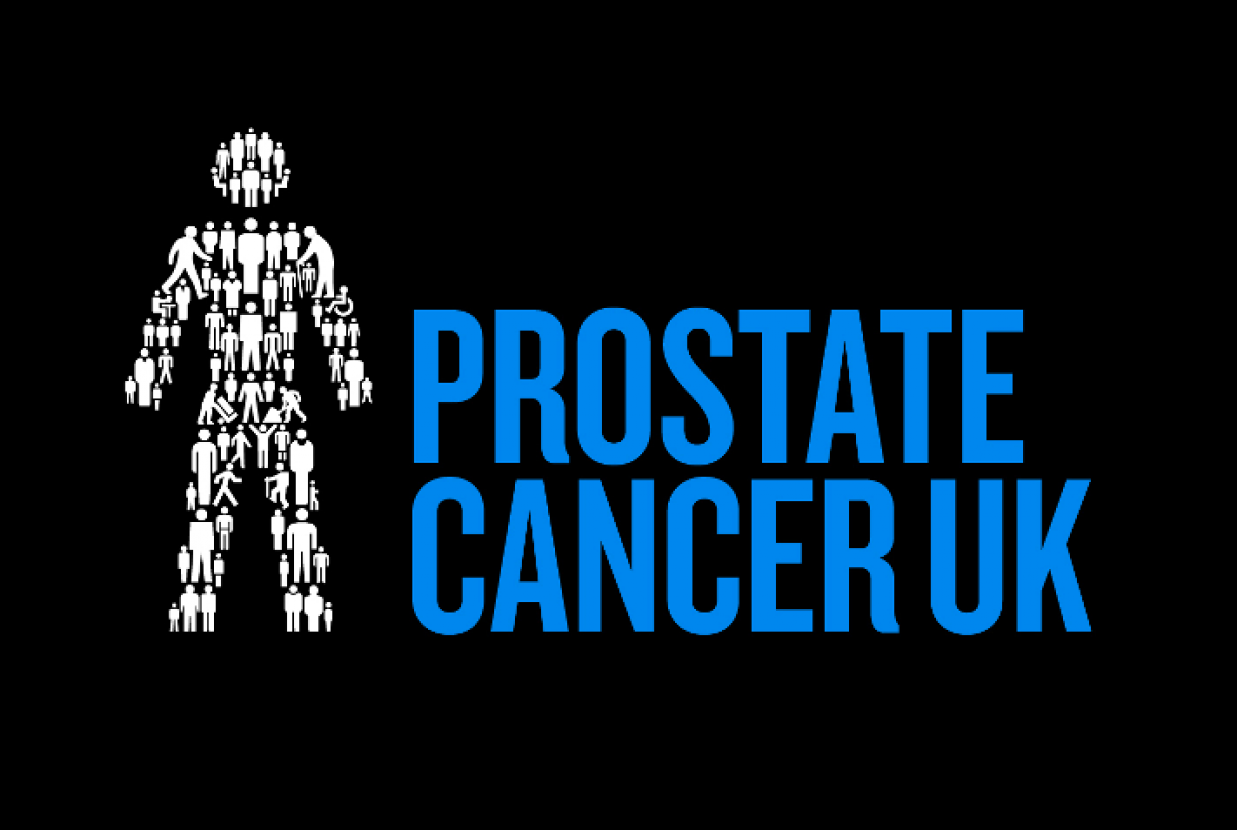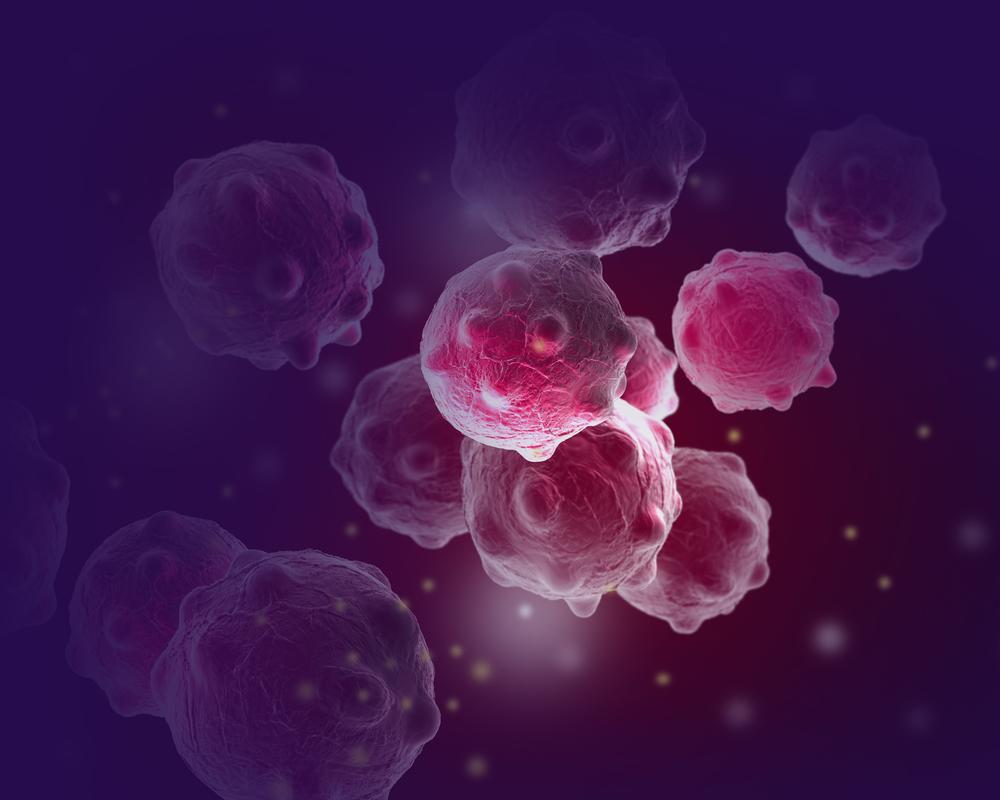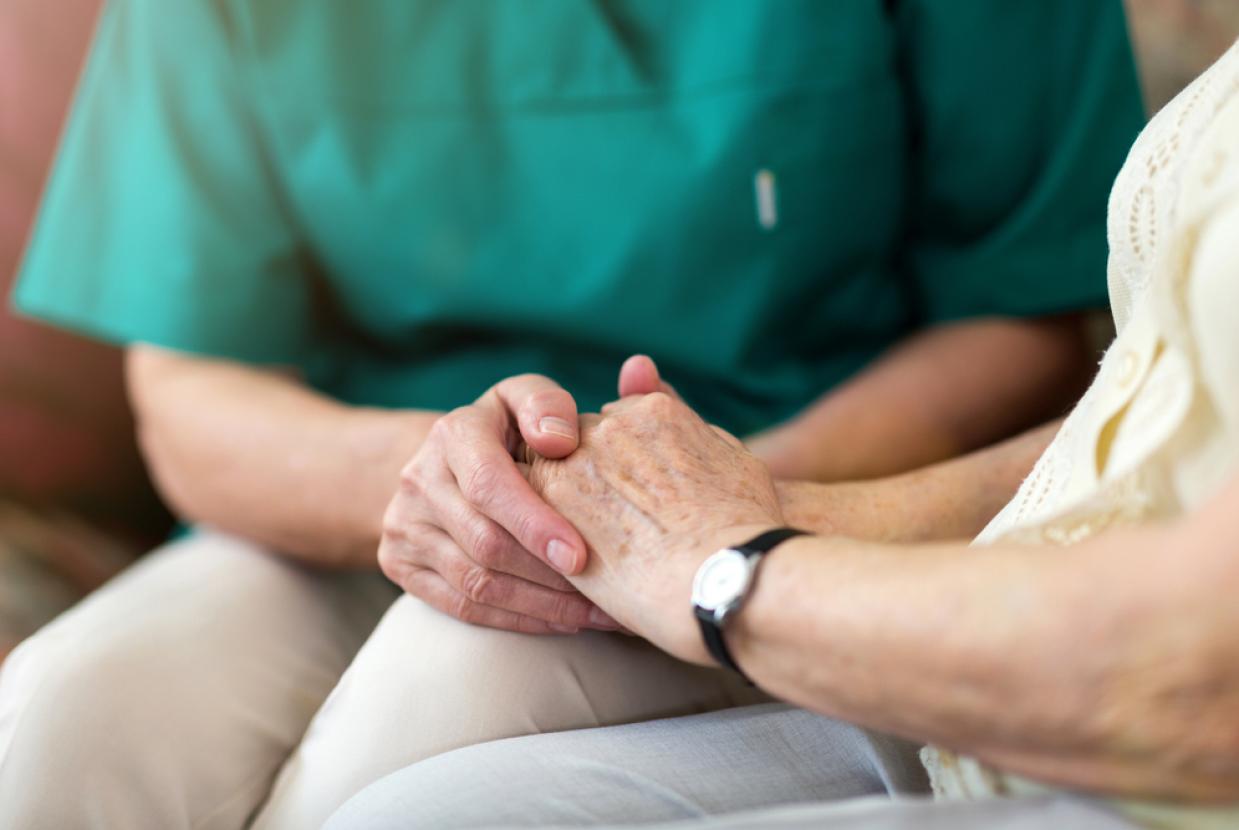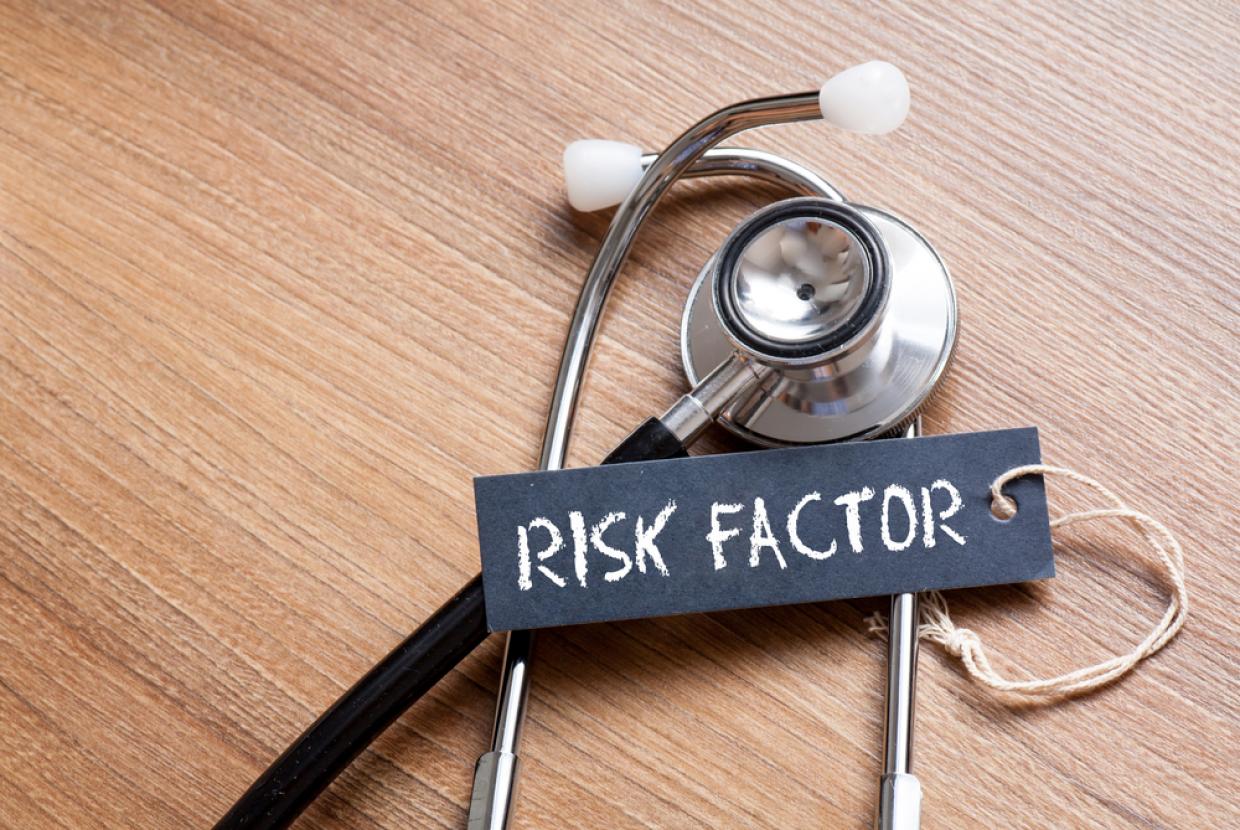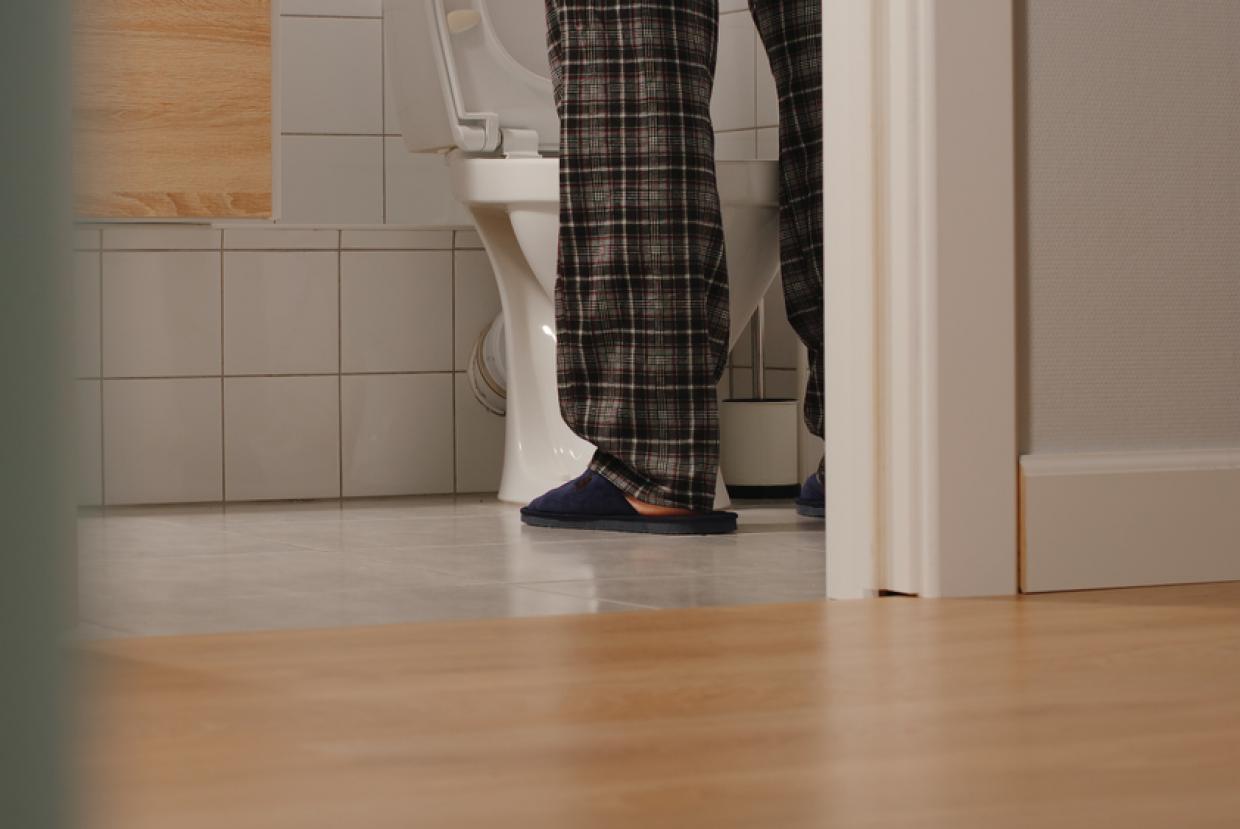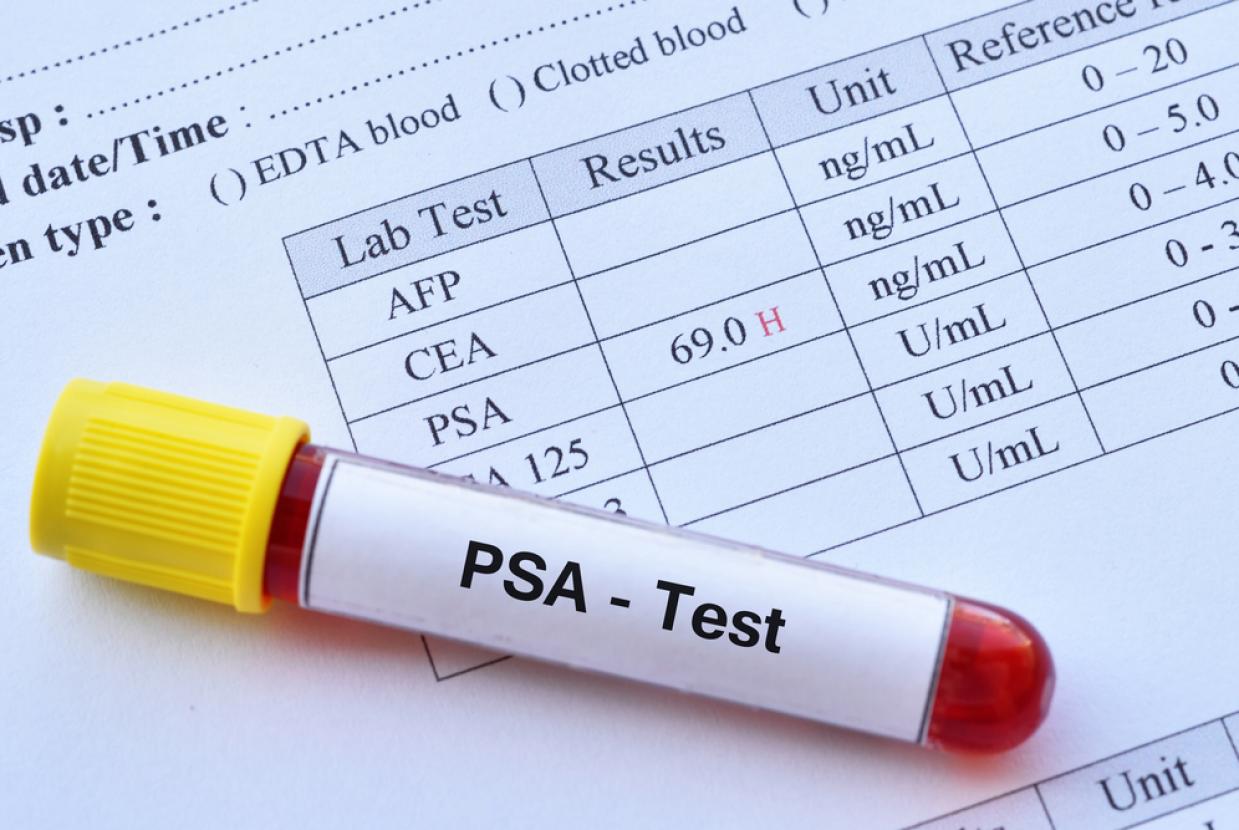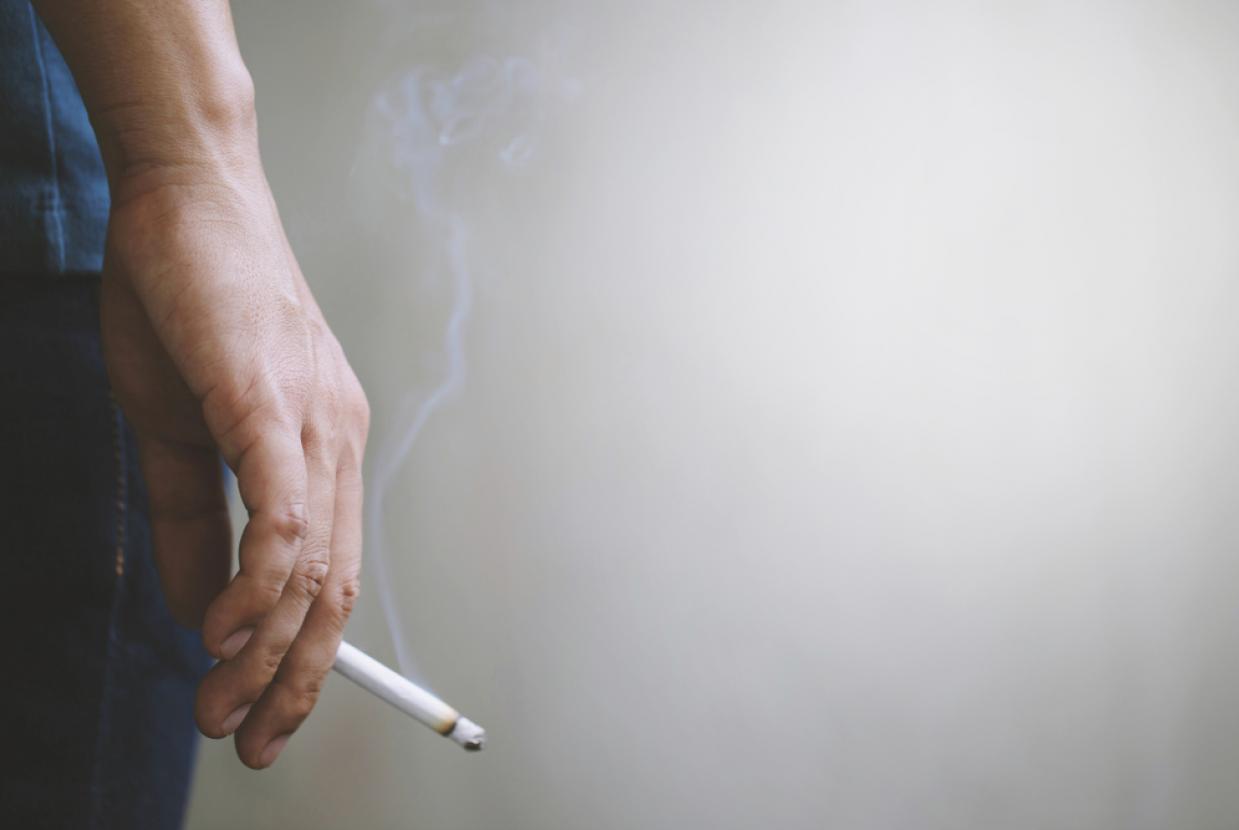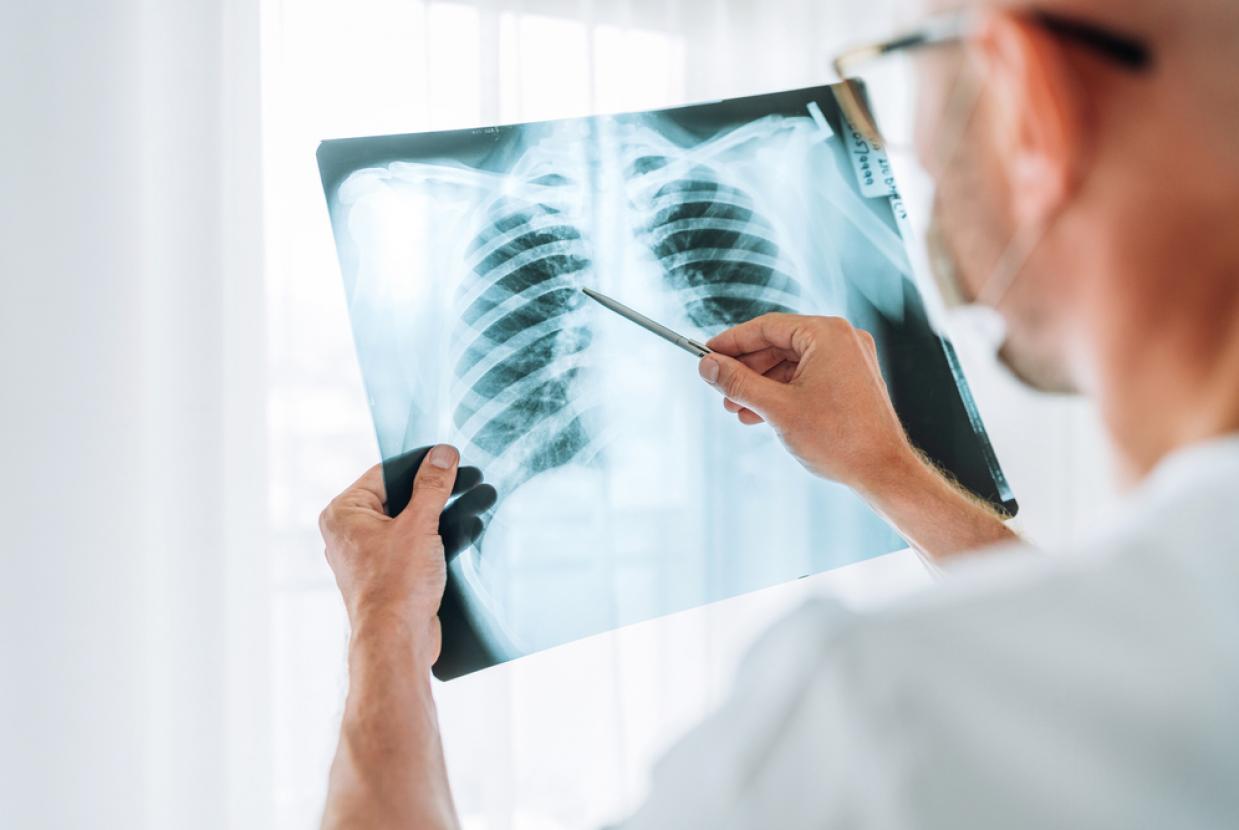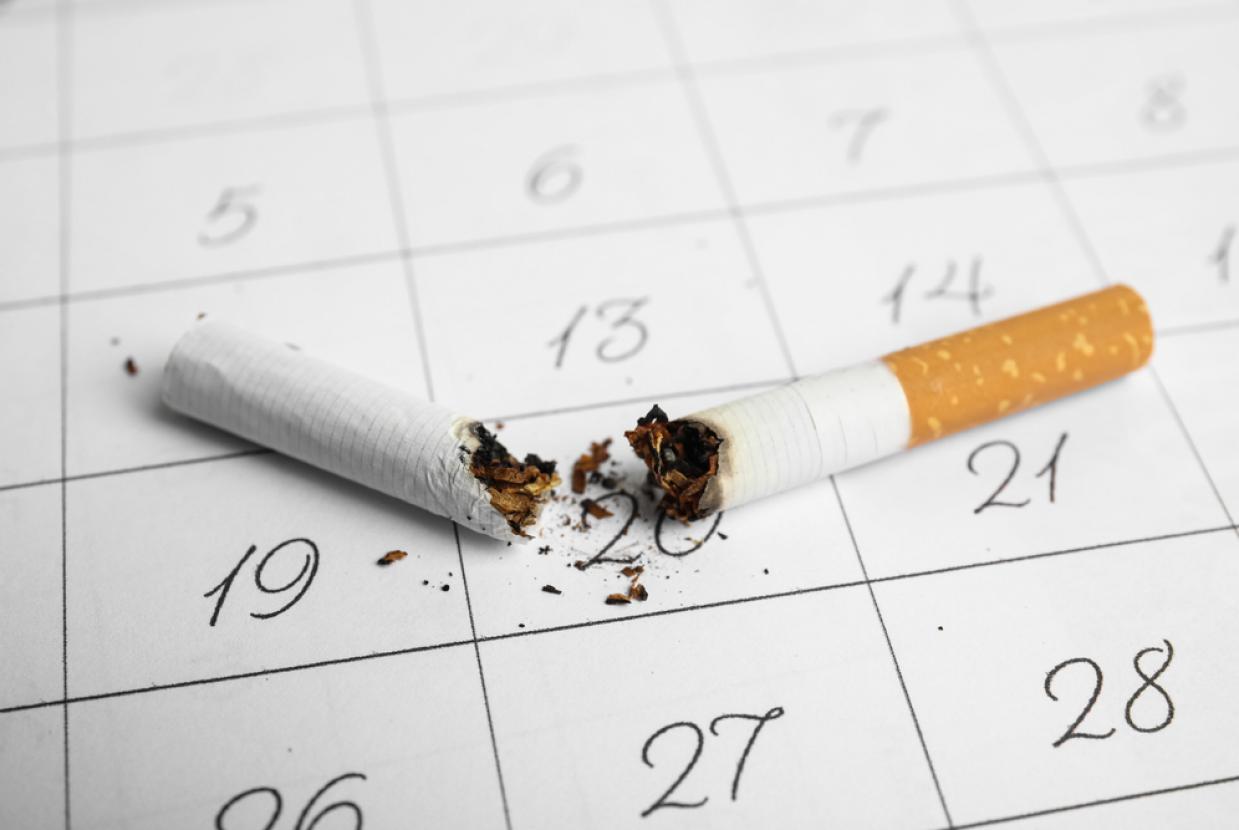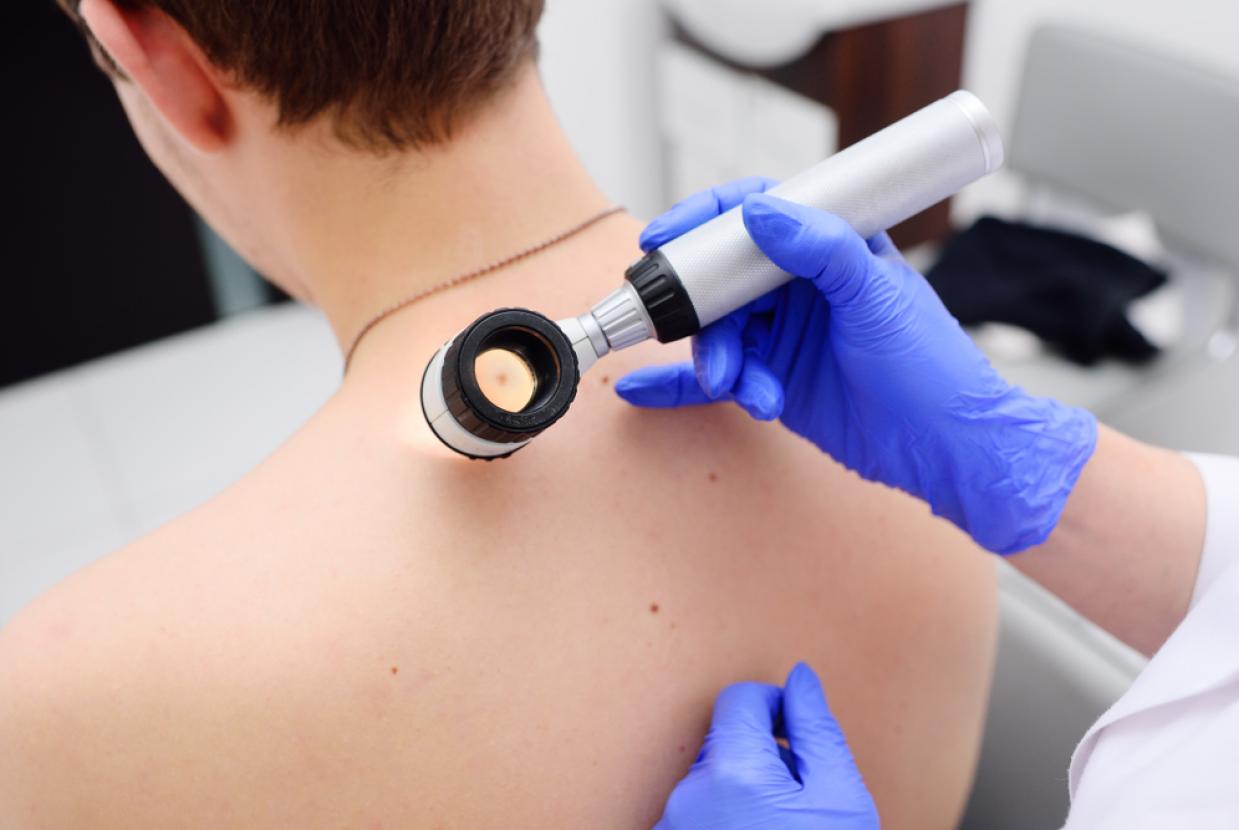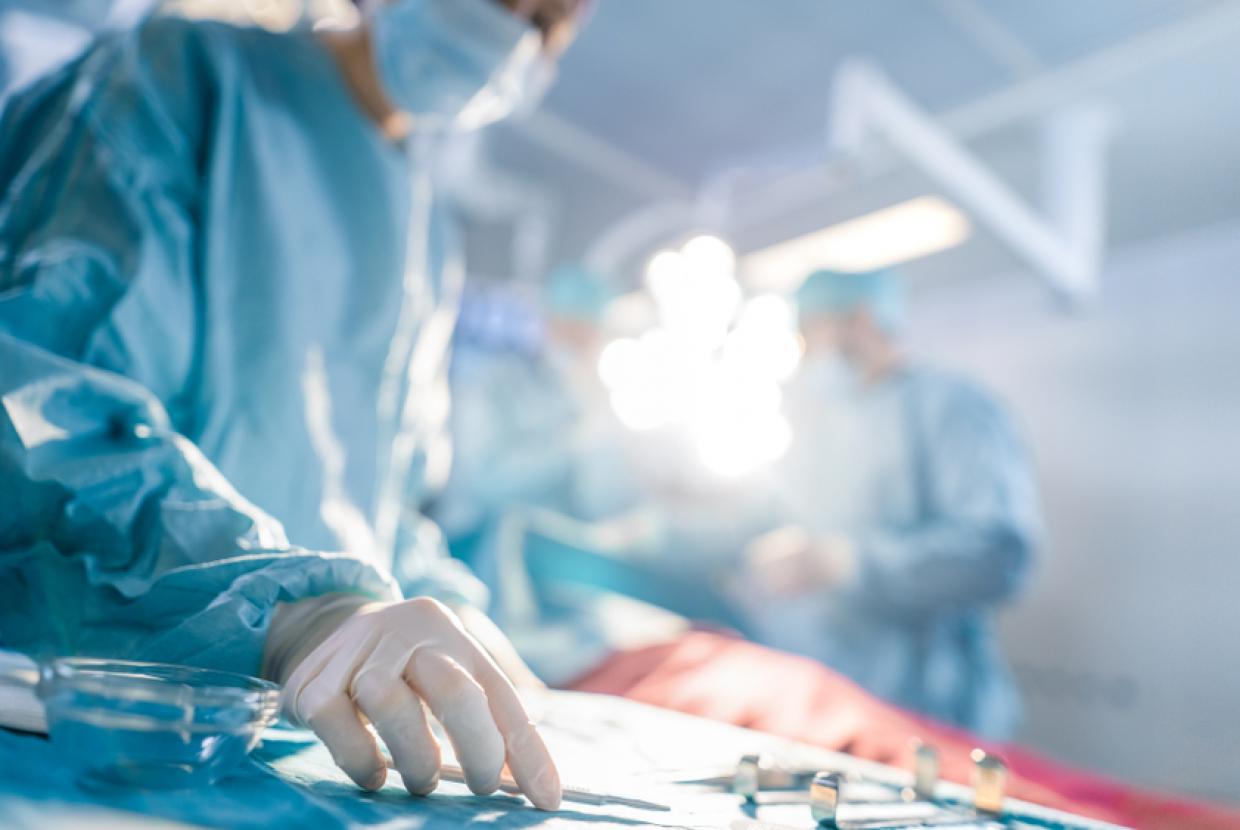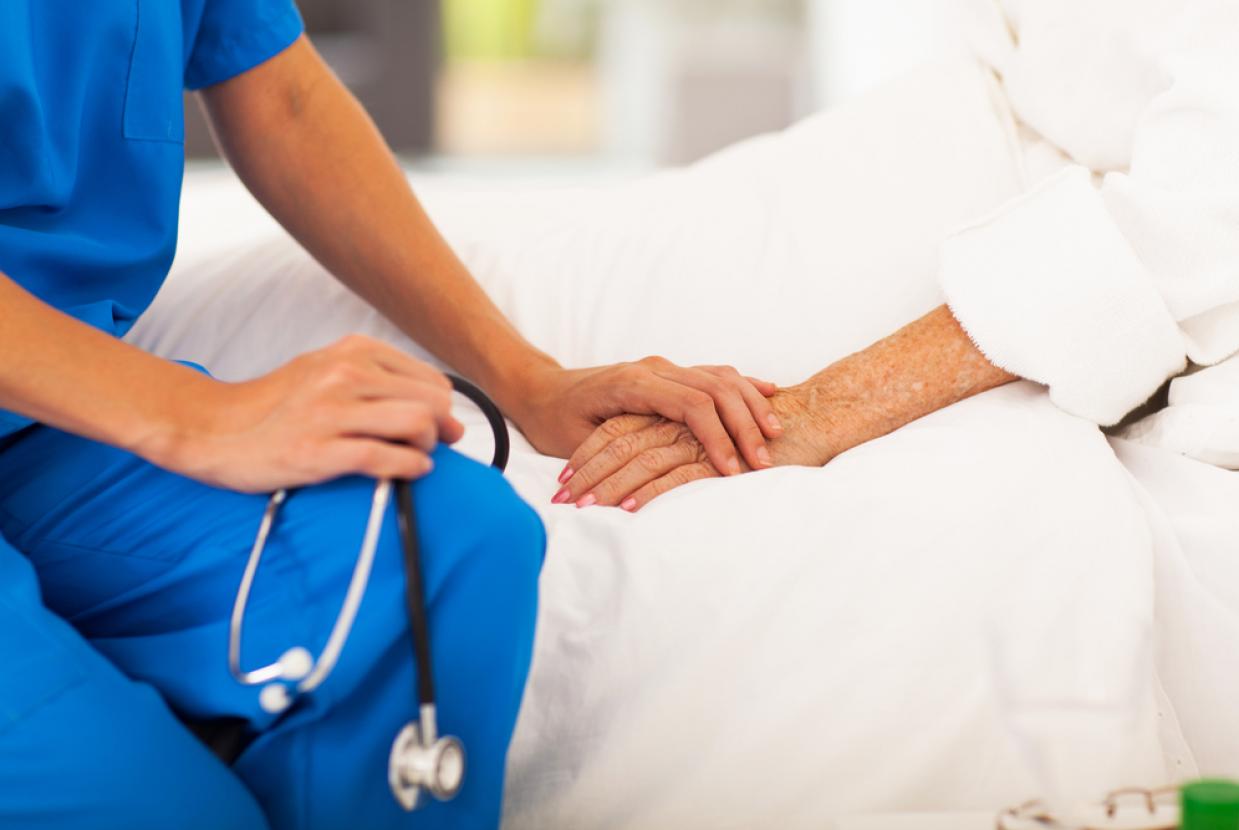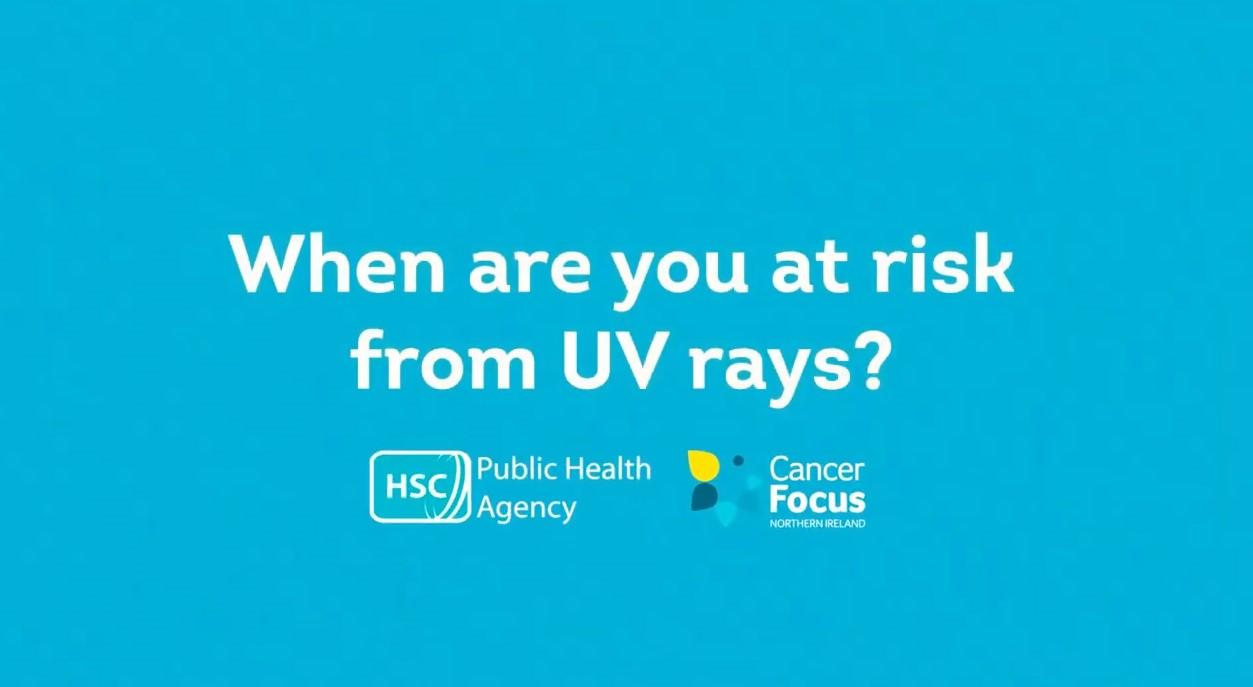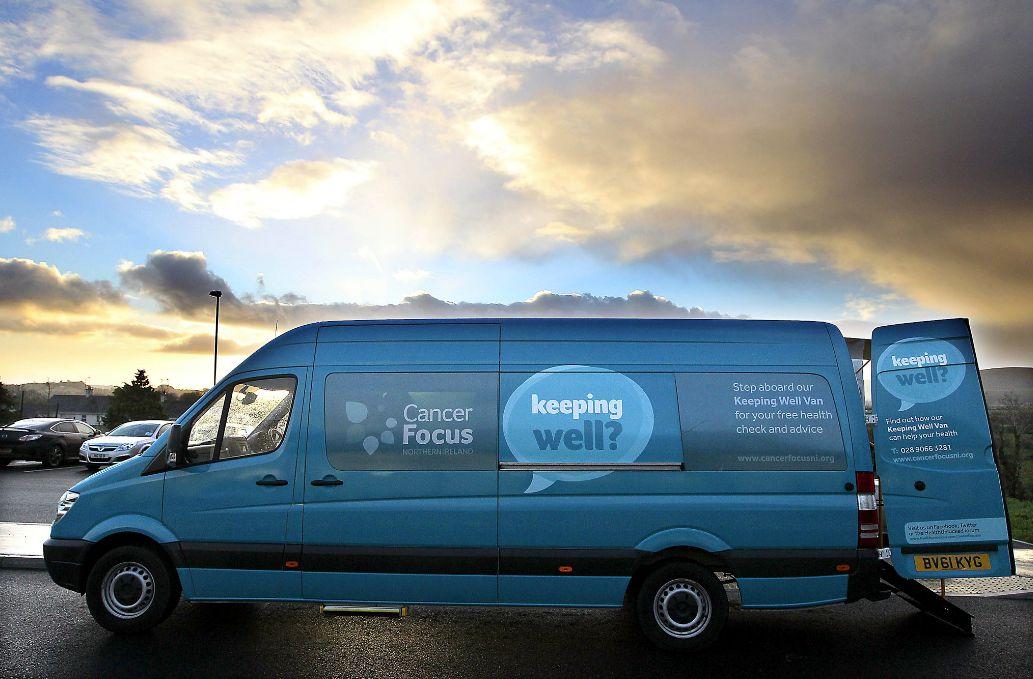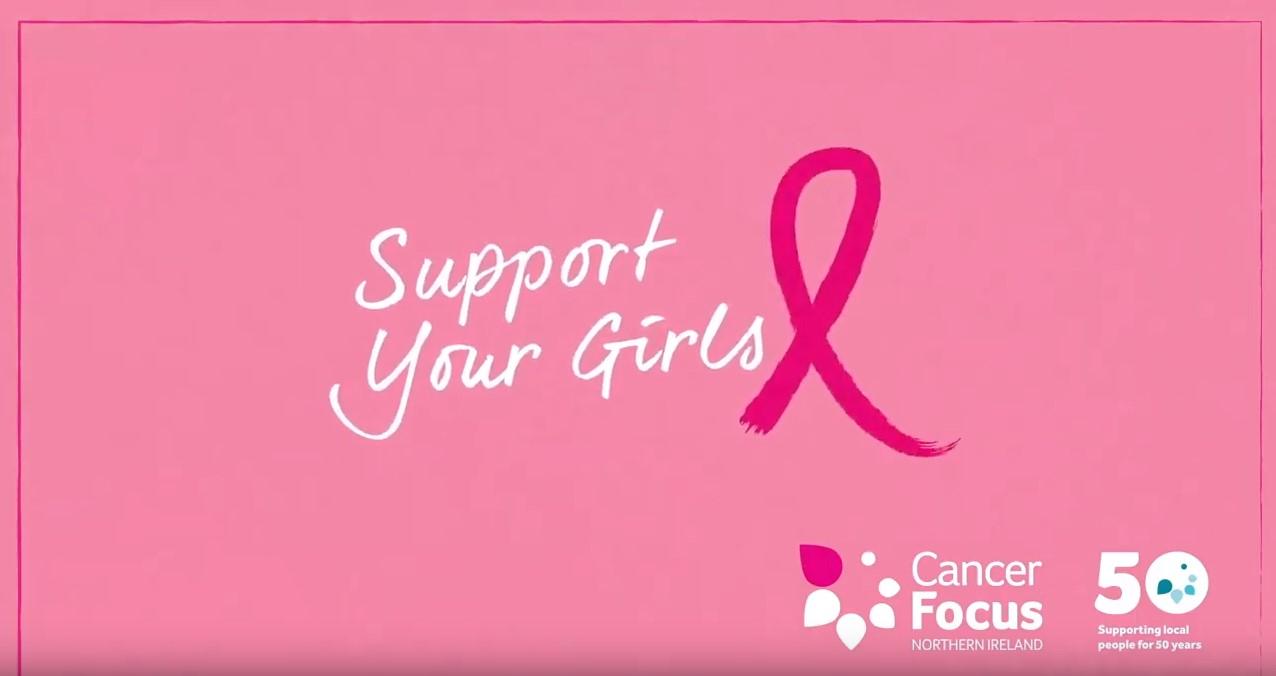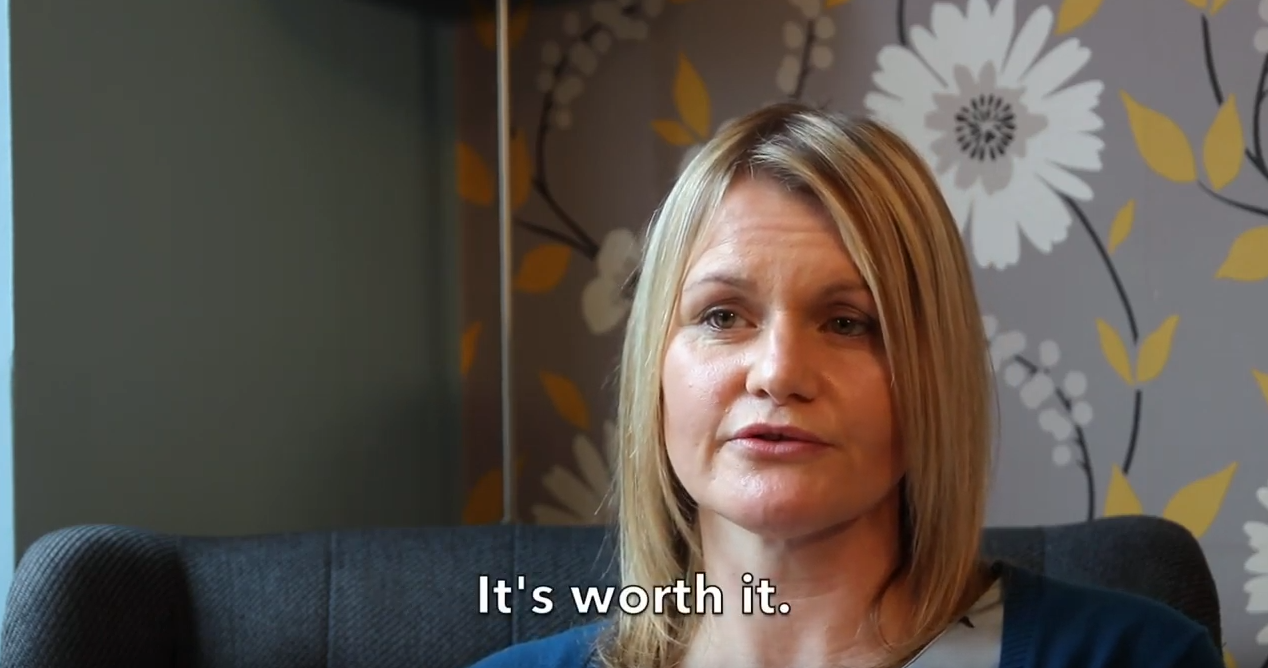Treating Lung Cancer
Treatment for lung cancer is managed by a team of specialists from different departments who work together to provide the best possible treatment. This team includes the health professionals required to make a diagnosis, to stage your cancer and to plan the best treatment. If you want to know more, ask your doctor or nurse about this.
The type of treatment you receive for lung cancer depends on several factors, including:
- the type of lung cancer you have (non-small-cell or small-cell mutations on the cancer)
- the size and position of the cancer
- how advanced your cancer is (the stage)
- your overall health
Deciding what treatment is best for you can be difficult. Your cancer team will make recommendations, but the final decision will be yours.
The most common treatment options include surgery, radiotherapy & chemotherapy. Depending on the type of cancer and the stage, you may receive a combination of these treatments.
Your treatment plan
Your suggested treatment plan depends on whether you have non-small-cell lung cancer or small-cell lung cancer.
Non-small-cell lung cancer
If you have non-small-cell lung cancer that's in only 1 of your lungs and you're in good general health, you'll probably have surgery to remove the cancerous cells.
You may also have chemotherapy or immunotherapy treatment before or after surgery.
If the cancer has not spread far but surgery is not possible (for example, because your general health means you have an increased risk of complications), you may be offered radiotherapy to destroy the cancerous cells. In some cases, this may be combined with chemotherapy (known as chemoradiotherapy).
If the cancer has spread too far for surgery or radiotherapy to be effective, chemotherapy and / or immunotherapy is usually recommended.
If the cancer starts to grow again after you have had chemotherapy treatment, another course of treatment may be recommended.
In some cases, if the cancer has a specific mutation, biological or targeted therapy may be recommended instead of chemotherapy, or after chemotherapy.
Biological therapies are medicines that control or stop the growth of cancer cells.
Small-cell lung cancer
Small-cell lung cancer is usually treated with chemotherapy, either on its own or in combination with radiotherapy or immunotherapy.
This can help to prolong life and relieve symptoms.
Surgery is not usually used to treat this type of lung cancer. This is because the cancer has often already spread to other areas of the body by the time it's diagnosed.
However, if the cancer is found very early, surgery may be used. In these cases, chemotherapy or radiotherapy may be given after surgery to help reduce the risk of the cancer returning.
Surgery
There are 3 types of lung cancer surgery:
- lobectomy – where one or more large parts of the lung (called lobes) are removed. Your doctors will suggest this operation if the cancer is just in 1 section of 1 lung.
- pneumonectomy – where the entire lung is removed. This is used when the cancer is located in the middle of the lung or has spread throughout the lung.
- wedge resection or segmentectomy – where a small piece of the lung is removed. This procedure is only suitable for a small number of patients. It is only used if your doctors think your cancer is small and limited to one area of the lung. This is usually very early-stage non-small-cell lung cancer.
People may be concerned about being able to breathe if some or all of a lung is removed, but it's possible to breathe normally with 1 lung. However, if you have breathing problems before the operation, it's likely these symptoms will continue after surgery.
Tests before surgery
Before surgery, you'll need to have some tests to check your general state of health and your lung function. These may include:
- an electrocardiogram (ECG) – electrodes are used to monitor the electrical activity of your heart
- a lung function test called spirometry – you'll breathe into a machine which measures how much air your lungs can breathe in and out
- an exercise test
How it's performed
Surgery usually involves making a cut (incision) in your chest or side and removing a section or all of the affected lung.
This is called a thoracotomy.
Nearby lymph nodes may also be removed if it's thought that the cancer may have spread to them.
An alternative approach called video-assisted thoracoscopic surgery (VATS) may sometimes be suitable. This is a type of keyhole surgery where small incisions are made in your chest.
A small camera is inserted into one of the incisions, so the surgeon can see the inside of your chest on a monitor as they remove the section of affected lung.
After the operation
You'll probably be able to go home 5 to 10 days after your operation. However, it can take many weeks to recover fully from a lung operation.
After your operation, you'll be encouraged to start moving as soon as possible. Even if you have to stay in bed, you'll need to keep doing regular leg movements to help your circulation and prevent blood clots from forming.
A physiotherapist will show you breathing exercises to help prevent complications.
When you go home, you'll need to exercise gently to build up your strength and fitness.
Walking and swimming are good forms of exercise that are suitable for most people after treatment for lung cancer.
Talk to your care team about which types of exercise are suitable for you.
Complications
As with all surgery, lung surgery carries a risk of complications.
These can usually be treated using medicine or more surgery, which may mean you need to stay in hospital for longer.
Complications of lung surgery can include:
- inflammation or infection of the lung (pneumonia)
- excessive bleeding
- a blood clot in the leg (deep vein thrombosis), which could potentially travel up to the lung (pulmonary embolism)
Radiotherapy
Radiotherapy uses pulses of radiation to destroy cancer cells. There are a number of ways it can be used to treat lung cancer.
An intensive course of radiotherapy, known as radical radiotherapy, may be used to treat non-small-cell lung cancer if you are not healthy enough for surgery.
For very small tumours, a special type of radiotherapy called stereotactic radiotherapy may be used instead of surgery.
Radiotherapy can also be used to control the symptoms, such as pain and coughing up blood, and to slow the spread of cancer when a cure is not possible (this is known as palliative radiotherapy).
A type of radiotherapy known as prophylactic cranial irradiation (PCI) is also sometimes used during the treatment of small-cell lung cancer.
PCI involves treating the whole brain with a low dose of radiation.
It's used as a preventative measure because there's a risk that small-cell lung cancer will spread to your brain.
How radiotherapy is given
The 3 main ways that radiotherapy can be given are:
- conventional external beam radiotherapy – beams of radiation are directed at the affected parts of your body.
- stereotactic radiotherapy – a more accurate type of external beam radiotherapy where several high-energy beams deliver a higher dose of radiation to the tumour, while avoiding the surrounding healthy tissue as much as possible.
- internal radiotherapy – a thin tube (catheter) is inserted into your lung. A small piece of radioactive material is passed along the catheter and placed against the tumour for a few minutes, then removed.
For lung cancer, external beam radiotherapy is used more often than internal radiotherapy, particularly if it's thought that a cure is possible.
Stereotactic radiotherapy may be used to treat tumours that are very small, as it's more effective than standard radiotherapy alone in these circumstances.
Internal radiotherapy is usually used as a palliative treatment when the cancer is blocking or partly blocking your airway.
Courses of treatment
Radiotherapy treatment can be planned in several different ways.
People having conventional radical radiotherapy are likely to have 20 to 32 treatment sessions.
Radical radiotherapy is usually given 5 days a week, with a break at weekends. Each session of radiotherapy lasts 10 to 15 minutes and the course usually lasts 4 to 7 weeks.
Continuous hyperfractionated accelerated radiotherapy (CHART) is an alternative way of giving radical radiotherapy.
CHART is given 3 times a day for 12 days in a row.
Stereotactic radiotherapy requires fewer treatment sessions because a higher dose of radiation is given during each treatment. People having stereotactic radiotherapy usually have 3 to 10 treatment sessions.
Palliative radiotherapy usually involves 1 to 5 sessions.
Side effects
Side effects of radiotherapy to the chest can include:
- fatigue (tiredness)
- persistent cough that may bring up blood-stained phlegm
- difficulties swallowing (dysphagia)
- redness and soreness of the skin, which looks and feels like sunburn
- hair loss on your chest
Many people who have radiotherapy experience mild side effects or no side effects at all.
But you may have some side effects during and after treatment.
Speak to your doctor or nurse for more information about side effects and how to manage them.
Also, get medical advice if you’re concerned about your symptoms.
Chemotherapy
Chemotherapy uses powerful cancer-killing medicine to treat cancer. There are several ways that chemotherapy can be used to treat lung cancer. For example, it can be:
- given before surgery to shrink a tumour, which can increase the chance of successful surgery (this is usually only done as part of a clinical trial).
- given after surgery to prevent the cancer returning.
- used to relieve symptoms and slow the spread of cancer when a cure isn't possible.
- combined with radiotherapy.
Chemotherapy treatments are usually given in cycles. A cycle involves taking chemotherapy medicine for several days, then having a break for a few weeks to let the therapy work and for your body to recover from the effects of the treatment.
The number of cycles you need will depend on the type and grade of lung cancer. Most people need 4 to 6 cycles of treatment over 3 to 6 months. You will see your doctor after these cycles have finished. If the cancer has improved, you may not need any more treatment.
If the cancer has not improved after these cycles, your doctor will tell you if you need a different type of chemotherapy. Alternatively, you may need maintenance chemotherapy to keep the cancer under control.
Chemotherapy for lung cancer involves taking a combination of different medicines.
The medicines are usually given through a drip into a vein (intravenously), or into a tube connected to one of the blood vessels in your chest.
Some people may be given capsules or tablets to swallow instead.
Before you start chemotherapy, your doctor might prescribe you some vitamins and/or give you a vitamin injection.
These can help reduce some of the side effects.
Side effects
Side effects of chemotherapy can include:
- fatigue
- feeling sick
- being sick
- mouth ulcers
- hair loss
These side effects should gradually pass after treatment has finished, or you may be able to take other medicines to make you feel better during your chemotherapy.
Chemotherapy can also weaken your immune system, making you more vulnerable to infection.
Tell your care team or GP as soon as possible if you have signs of an infection, such as a high temperature, or you suddenly feel generally unwell.
Immunotherapy
Immunotherapy is a group of medicines that stimulate your immune system to target and kill cancer cells. It can be used on its own or combined with chemotherapy.
Some of the immunotherapy medicines used to treat lung cancer are pembrolizumab and atezolizumab.
You might have immunotherapy through a plastic tube that goes into:
- a large vein your chest (central line)
- a vein in your arm (cannula)
It takes around 30 to 60 minutes to receive a dose, and you may need a dose every 2 to 4 weeks.
If the side effects are not too difficult to manage and the therapy is successful, immunotherapy can be taken for up to 2 years.
Common side effects of immunotherapy include:
- feeling tired or weak
- feeling and being sick
- diarrhoea
- loss of appetite
- pain in your joints or muscles
- shortness of breath
- changes to your skin, such as your skin becoming dry or itchy
Speak to your doctor or nurse for more information about side effects and how to manage them.
Also, get medical advice if you’re concerned about your symptoms
Targeted therapies
Targeted therapies (also known as biological therapies) are medicines designed to slow the spread of advanced non-small cell lung cancer.
Targeted therapies are only suitable for people who have certain proteins in their cancerous cells.
Your doctor may request tests on cells removed from your lung (a biopsy) to see if these treatments are suitable for you.
Side-effects of targeted therapies include:
- flu-like symptoms such as chills, high temperature and muscle pain
- fatigue
- diarrhoea
- loss of appetite
- mouth ulcers
- feeling sick
Other treatments
As well as surgery, radiotherapy and chemotherapy, other treatments are sometimes used to treat lung cancer.
Radiofrequency ablation
Radiofrequency ablation may be used to treat non-small-cell lung cancer at an early stage.
The doctor uses a CT scanner to guide a needle to the site of the tumour.
The needle is pressed into the tumour and radio waves are sent through the needle. These waves generate heat, which kills the cancer cells.
The most common complication of radiofrequency ablation is a pocket of air may become trapped between the inner and outer layer of your lung (pneumothorax).
This can be treated by placing a tube into the lungs to release the trapped air.
Cryotherapy
Cryotherapy can be used if the cancer starts to block your airways. This is known as endobronchial obstruction, and it can cause symptoms such as:
- breathing problems
- a cough
- coughing up blood
Cryotherapy is done in a similar way to internal radiotherapy, but instead of using a radioactive source, a device known as a cryoprobe is placed against the tumour.
The cryoprobe can generate very cold temperatures, which help to shrink the tumour.
Photodynamic therapy
Photodynamic therapy (PDT) can be used to treat early-stage lung cancer when a person is unable or unwilling to have surgery. It can also be used to remove a tumour that's blocking the airways.
Photodynamic therapy is done in 2 stages.
First, you'll be given an injection of a medicine that makes the cells in your body very sensitive to light.
The next stage is done 24 to 72 hours later. A thin tube is guided to the site of the tumour and a laser is beamed through it.
The cancerous cells, which have become more sensitive to light, are destroyed by the laser beam.
Side effects of PDT can include inflammation of the airways and a build-up of fluid in the lungs. Both these side effects can cause breathlessness and lung and throat pain. However, these symptoms should gradually pass as your lungs recover from the effects of the treatment.


